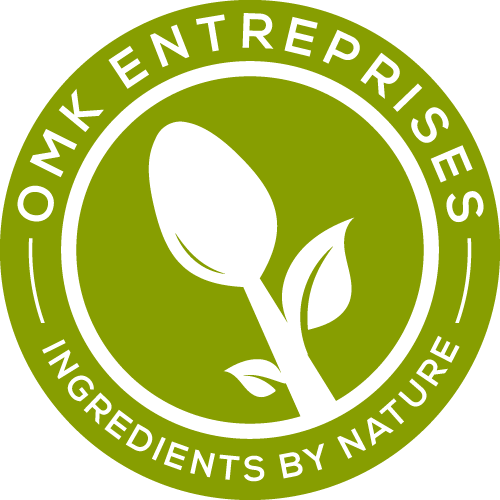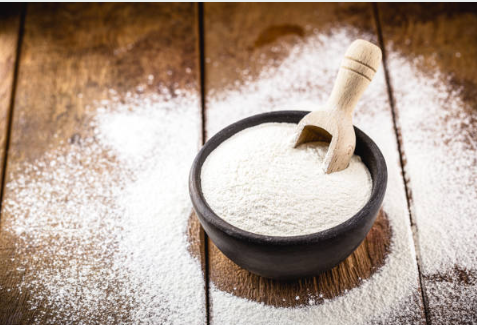Description
Modified starch plays a crucial role in the food industry, where it is used for a wide range of applications due to its unique functional properties. Here are some common uses of modified starch in the food industry:
Thickening and Stabilizing Agent: Modified starch is commonly used as a thickening and stabilizing agent in soups, sauces, gravies, and dressings. It enhances viscosity, providing a desired texture and consistency to these products.
Texture and Mouthfeel Enhancement: Modified starch can improve the texture and mouthfeel of food products. It is used in products like dairy desserts, custards, and puddings to create a smooth, creamy texture.
Binding and Adhesive Agent: Modified starch is used as a binding agent in food products such as meat products, vegetarian meat substitutes, and bakery fillings. It helps to bind ingredients together and improve the overall structure and texture of the final product.
Emulsification and Stabilization: Modified starch can act as an emulsifier, helping to stabilize oil-in-water emulsions. It is used in products like salad dressings, mayonnaise, and creamy spreads.
Shelf-Life Extension: Modified starch can enhance the stability and shelf life of food products. It is used in frozen foods, bakery products, and processed meats to prevent moisture migration, texture deterioration, and to maintain product quality during storage.
Gluten-Free and Allergen-Free Alternatives: Modified starch can be used as a gluten-free or allergen-free alternative in various food products. It provides similar functionality to traditional starches while meeting specific dietary requirements.
Film and Coating Applications: Modified starches with film-forming properties are used in the food industry for coating applications, such as encapsulating flavors, protecting food items, or providing a glossy appearance.





